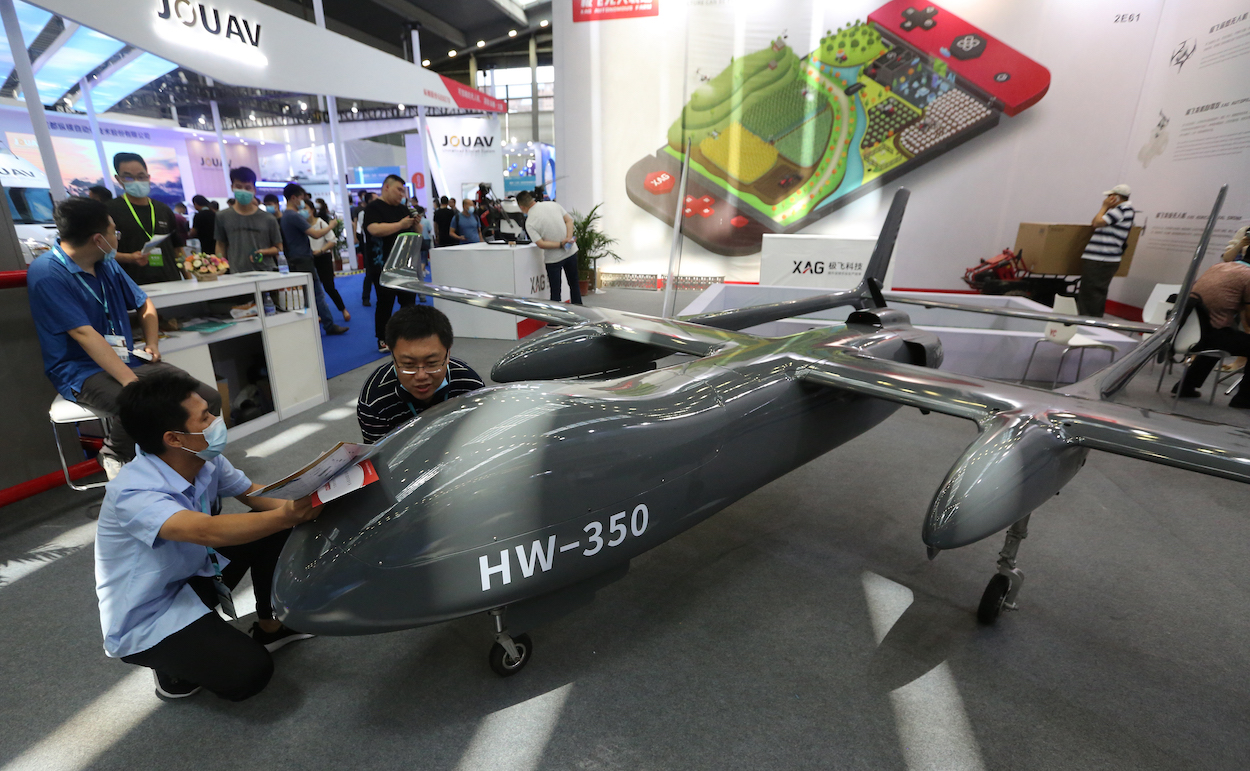Are Drones Allowed in Japan. Drones have become incredibly popular worldwide, offering a unique perspective and a wide range of applications, from aerial photography to surveying and even search and rescue operations. However, when it comes to operating drones, it’s essential to be aware of the regulations and rules in place, as they can vary from country to country. This comprehensive guide will explore the rules and guidelines for flying drones in Japan.
Drones in Japan: An Overview
Japan is known for its rich culture, stunning landscapes, and advanced technology. Drones have also found their place in this tech-savvy nation, but they are subject to strict regulations to ensure safety and security.
Key Points: Flying Drones in Japan
- Drone Registration: Drones weighing 200 grams or more must be registered with the Ministry of Land, Infrastructure, Transport, and Tourism (MLIT). When it comes to finding the Drones Allowed in Japan then will DJI FPV Motion Controller for FPV drone be a good option.
- No-fly Zones: Certain areas, including airports, densely populated areas, and government facilities, are designated as no-fly zones.
- Height Restrictions: Drones must not fly over 150 meters (492 feet).
- Daylight Operation: Drone flights are allowed only during daylight hours.
- Line-of-Sight: Operators must maintain a visual line of sight with their drones.
Detailed Guide: Flying Drones in Japan
Let’s delve deeper into the rules and regulations governing the operation of drones in Japan:
- Drone Registration
- No-fly Zones
- Height Restrictions
- Daylight Operation
- Line-of-Sight
Drone Registration
In Japan, drones weighing 200 grams (about 7 ounces) or more must be registered with the MLIT. To register your drone, you need to provide information such as your name, address, and the drone’s specifications. Once registered, you will receive a registration number that must be displayed on your drone.
No-fly Zones
Japan has established specific no-fly zones where drone operation is strictly prohibited. These include:
- Airports: Drones must not be operated within a 9-kilometer (about 5.6 miles) radius of an airport.
- Government Facilities: Flying drones near government facilities, including the Prime Minister’s Office and the Imperial Palace, is prohibited.
- Densely Populated Areas: Avoid flying drones over crowded places, as it may threaten public safety.
- Sensitivity to Noise and Privacy: Consider noise and privacy concerns when flying your drone in residential areas.
Height Restrictions
Drones in Japan are limited to a maximum altitude of 150 meters (492 feet). This restriction helps prevent interference with human-crewed aircraft and maintains airspace safety.
Daylight Operation
Drones can only be flown during daylight hours. Operating a drone at night is prohibited to ensure visibility and safety.
Line-of-Sight
Operators must always maintain a visual line of sight with their drones. It means you should be able to see your drone with your naked eye and not rely solely on a screen or goggles for navigation.
FAQS
Do I need a license to fly a drone in Japan?
Per the current regulations, you do not need a license to operate a drone in Japan. However, you must register your drone if it weighs 200 grams or more.
Can I fly my drone in urban areas?
While it’s not prohibited to fly a drone in urban areas, you must adhere to no-fly zone restrictions and be mindful of privacy and noise concerns.
Are there any specific recreational vs. commercial drone use rules?
The regulations apply to both recreational and commercial drone use. There are no separate registration or flight restrictions rules for recreational and commercial operators.
What happens if I violate these regulations?
Violating drone regulations in Japan can result in penalties, fines, or even imprisonment. It is crucial to adhere to the rules to ensure your safety and that of others.
Conclusion
In Japan, flying drones is allowed, but it comes with a set of regulations designed to ensure safety and protect the privacy and security of the public. As a drone operator in Japan, you must be aware of and comply with these regulations. Register your drone if it meets the weight criteria, respect the no-fly zones, maintain a visual line of sight, and adhere to altitude and daylight restrictions. By following these guidelines and exercising responsible drone operation, you can enjoy capturing stunning aerial views of Japan while contributing to the safety and well-being of the nation. Always stay informed about any updates or changes in the regulations, as drone laws can evolve.

